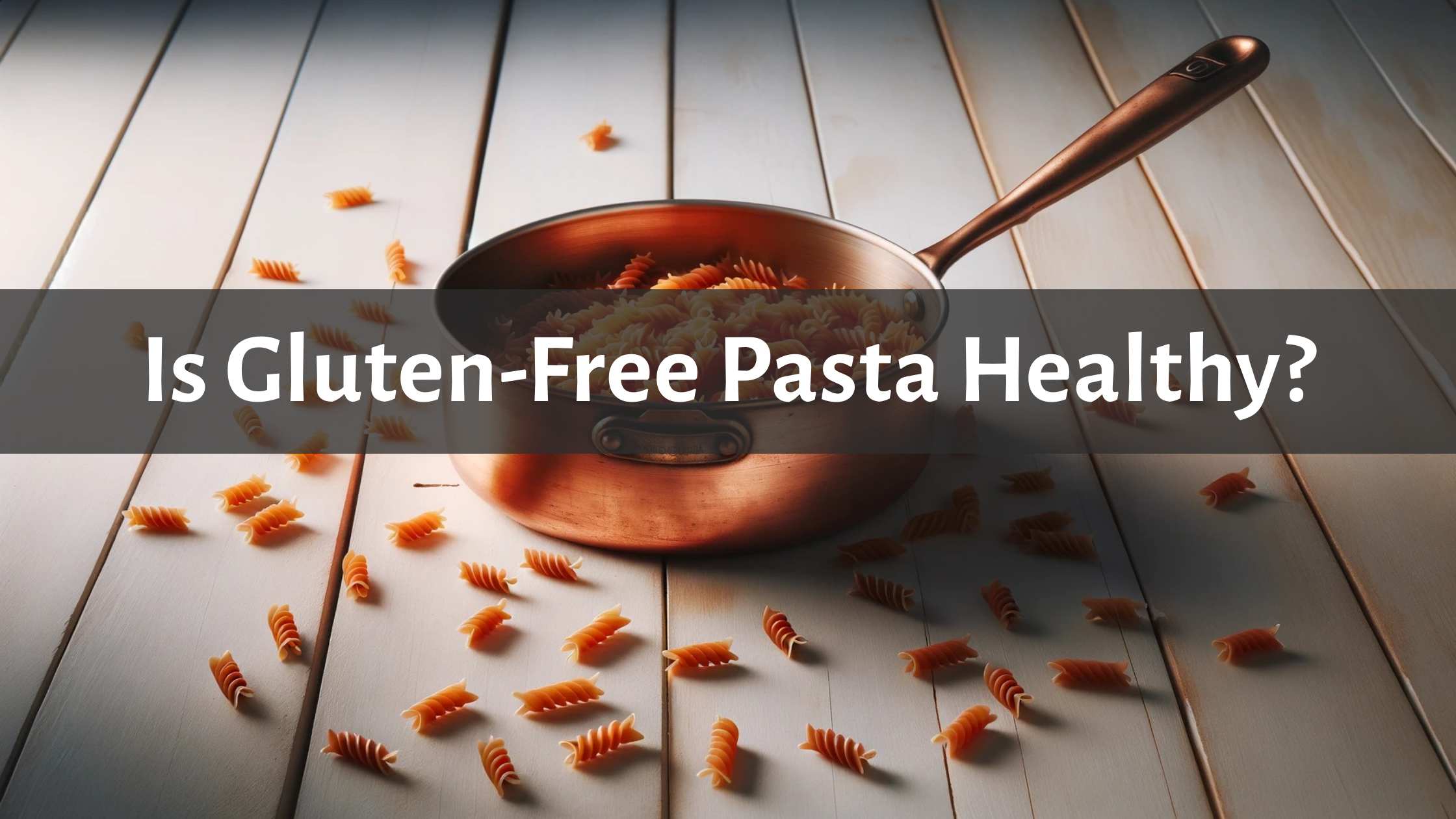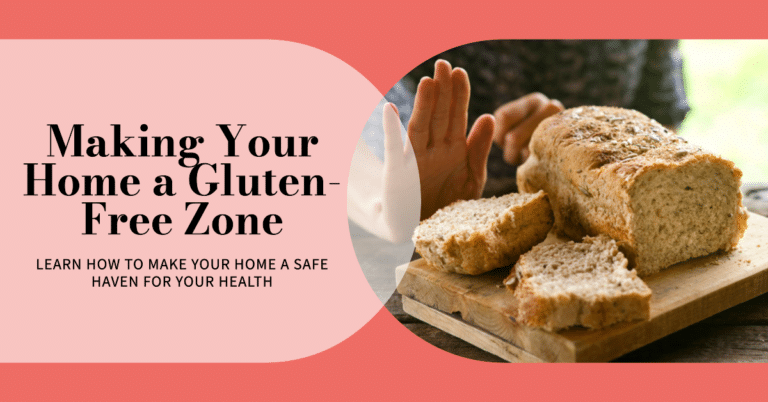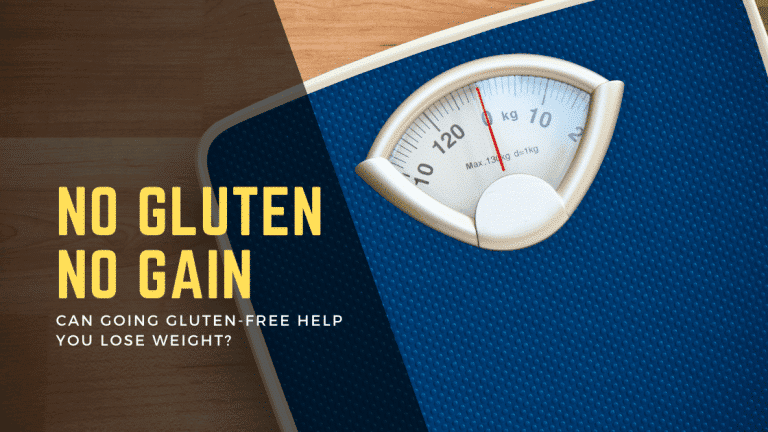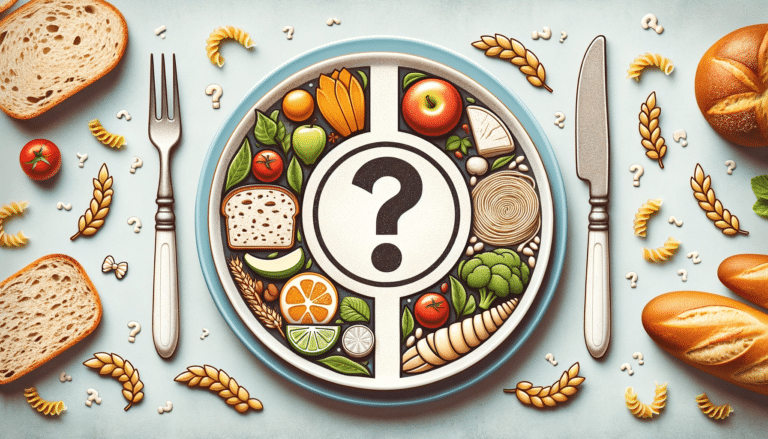Is Gluten-Free Pasta Healthy? – Regular Pasta Alternatives Explored

Okay, I was suspicious of gluten-free pasta… mushy noodles, weird flavor, right? But some options are surprisingly good AND might be better for you.
Think more fiber, protein, and less of that heavy feeling. Sounds good right? But not all varieties of gluten-free pasta are created equal.
Let’s see which ones deserve a spot on your plate as we explore – is gluten-free pasta healthy?
Key Takeaways
- Gluten-free foods like pasta can be part of a balanced diet, but gluten-free foods aren’t necessarily healthier.
- Opt for varieties made from whole grains like quinoa or brown rice for better nutritional value.
- Ingredient lists tell the real story—always read them.
- Gluten-free doesn’t mean calorie-free or low-carb.
- Watch out for extra sugars and fats in flavored or ready-to-eat options.
The Gluten-Free Halo: Not All That Glitters is Gold
Ah, the comfort of pasta—minus the gluten. You spot it on the shelf and think, “Must be healthy, right?” Hold your horses.
Gluten-free foods often wear a halo, misleading people to believe they’re inherently better for you. In reality, some gluten-free pasta options may be just as processed as regular pasta.
Sneaky labels often don’t reveal the whole truth. If the pasta is stripped of nutrients and packed with fillers, you might be doing your gut more harm than good.
Just like with any diet, variety is key. For a comprehensive understanding of how gluten impacts your gut, you can read what gluten does to your gut here.
Choose Your Ingredients Wisely
- Whole grains: Go for brown rice, quinoa, or amaranth pasta.
- Legumes: Chickpea or lentil pasta can add protein to your meal.
- Vegetables: Veggie-based options like spiralized zucchini or sweet potato can add a colorful twist.
Nutritional Showdown: Gluten-Free vs. Regular Pasta
Let’s compare, shall we? You may find that gluten-free pasta holds its own, especially when you opt for those nutrient-dense options.
Here, nutritional profiles can vary significantly based on what the pasta is made of. The aim is to get more bang for your nutritional buck.
Nutritional Breakdown
| Aspect | Regular Pasta | Gluten-Free Pasta (Whole grain) | Gluten-Free Pasta (Highly processed) |
|---|---|---|---|
| Calories | 210 per cup | 195 per cup | 250 per cup |
| Protein | 8g per cup | 6g per cup | 3g per cup |
| Fiber | 3g per cup | 5g per cup | 1g per cup |
| Sugar | 1g per cup | 1g per cup | 4g per cup |
The real catch? Gluten-free doesn’t mean low-calorie or low-carb. If you’re looking for those specific traits, you might want to consider what happens when a celiac eats gluten for alternate strategies.
The takeaway? Take control. Read labels, consider your needs, and make smart swaps when possible.
The Impact of Gluten-Free Pasta on Chronic Conditions
If you have celiac or IBS like me, gluten-free pasta can be a godsend. However, some types might aggravate existing conditions if they’re combined with high-FODMAP ingredients, for example.
Whether or not gluten-free pasta is healthy boils down to your individual needs. Always consider the full nutritional profile and how it fits into your broader diet.
To ease your chronic conditions, check out whether gluten causes constipation and find the best fit for your lifestyle.
So, is gluten-free pasta your new go-to? That’s for you to decide, but now you’re equipped with the facts!
What’s the Deal With Wheat Flour?
So you’ve got a gluten intolerance or an allergy to wheat, rye, or barley. The days of chowing down on traditional whole wheat pasta might be behind you, but don’t despair.
We’re living in the golden age of gluten-free pasta, baby! Forget about wheat flour; lentil and chickpea flours are stealing the spotlight.
Need more fiber? Quinoa pasta has got your back. Tired of spaghetti’s same old texture? Give chickpea penne a whirl.
These aren’t just sub-par substitutes; they’re actually holding their own against traditional pasta made from wheat flour.
Battle of the Pastas: Spaghetti Showdown
Have you ever sat down and really compared gluten-free spaghetti to traditional spaghetti? One’s made with wheat flour, the other often crafted from rice or corn flour. Here’s a quick breakdown:
| Element | Gluten-Free Spaghetti | Traditional Spaghetti |
|---|---|---|
| Flour Type | Corn, rice, lentil | Wheat flour |
| Nutrients | Varies | Limited |
| Allergy Risk | Low | High for gluten intolerance |
For anyone battling gluten intolerance or wheat allergies, the choice is clear. Gluten-free spaghetti is the safer option, and with fortification, can be the healthiest choice as well.
When Pasta Made the Flour Switch
Let’s face it, pasta made the leap from wheat flour and never looked back. Today, you can find types of gluten-free pasta made from everything from black beans to green lentils.
Heck, they even use cauliflower flour! This is great news for those with gluten intolerance or allergies to wheat, rye, and barley.
These new flours provide different flavors and nutritional profiles that can make your next plate of penne truly unique.
Is Gluten-Free Pasta Healthy? – Final Thoughts
So, is gluten-free pasta your healthiest bet? It can be, depending on what it’s made from.
Lentil, quinoa, and chickpea pasta varieties give wheat flour a run for its money.
They offer higher nutrient counts and are the best gluten-free pasta alternatives for those with gluten intolerance or allergies.
While you might miss the texture of traditional spaghetti or penne, the new-gen gluten-free options are no slouches in the taste department.
They’ve redefined what pasta can be, giving you a world of options you probably didn’t even know existed.
Cheers to that!
Disclaimer: This content is based on my personal experience as an individual diagnosed with celiac disease and IBS (Irritable Bowel Syndrome) who follows a strict gluten-free diet. This does not constitute medical advice. Please consult a medical professional, nutritionist, or qualified dietitian for personalized, professional advice.






